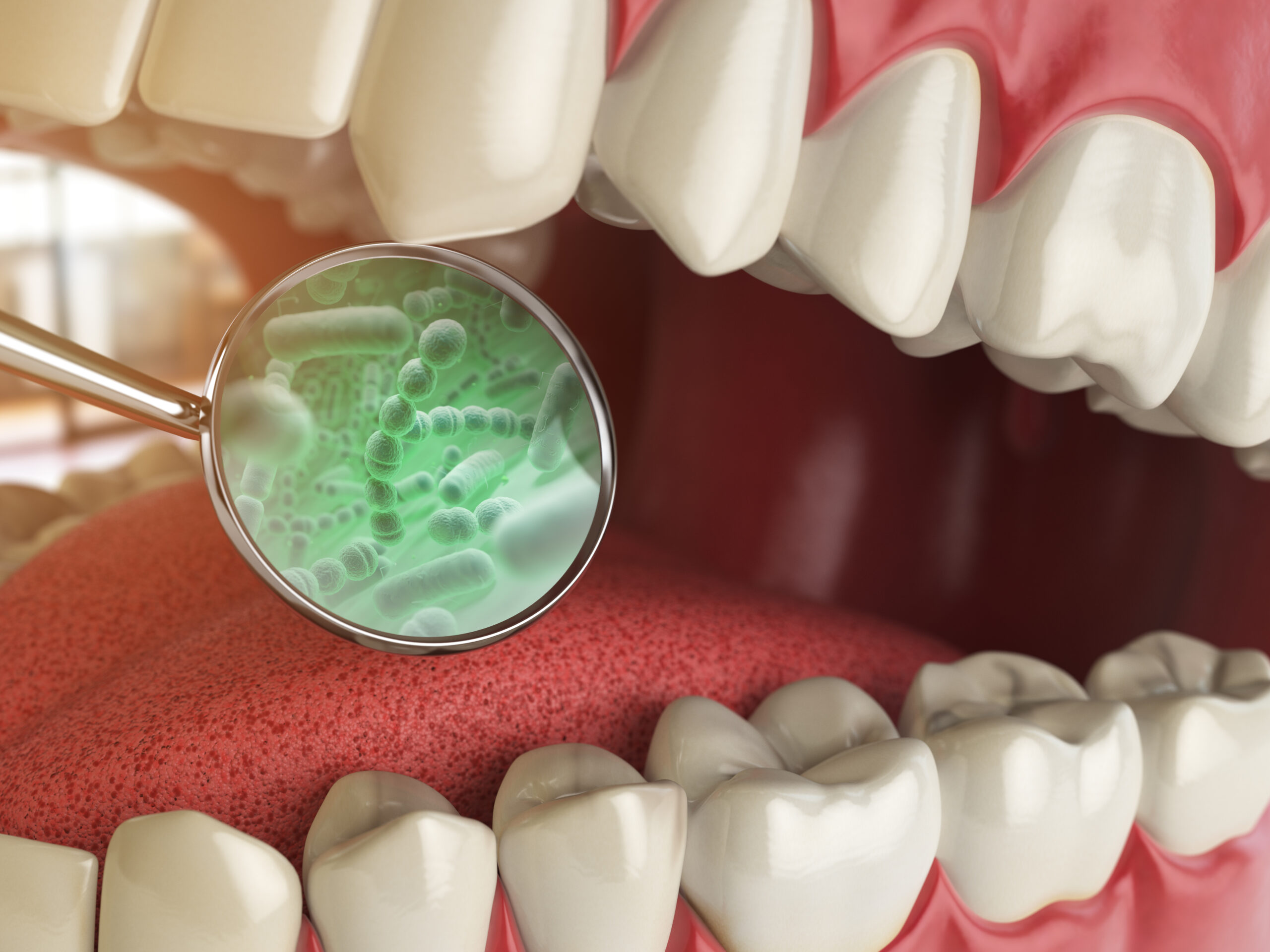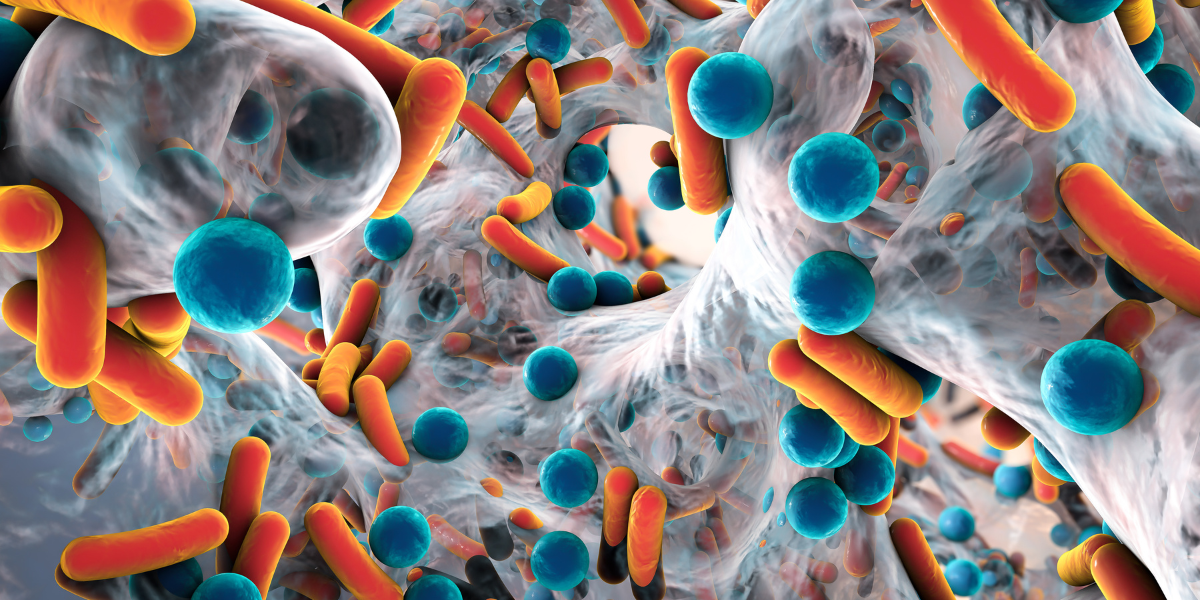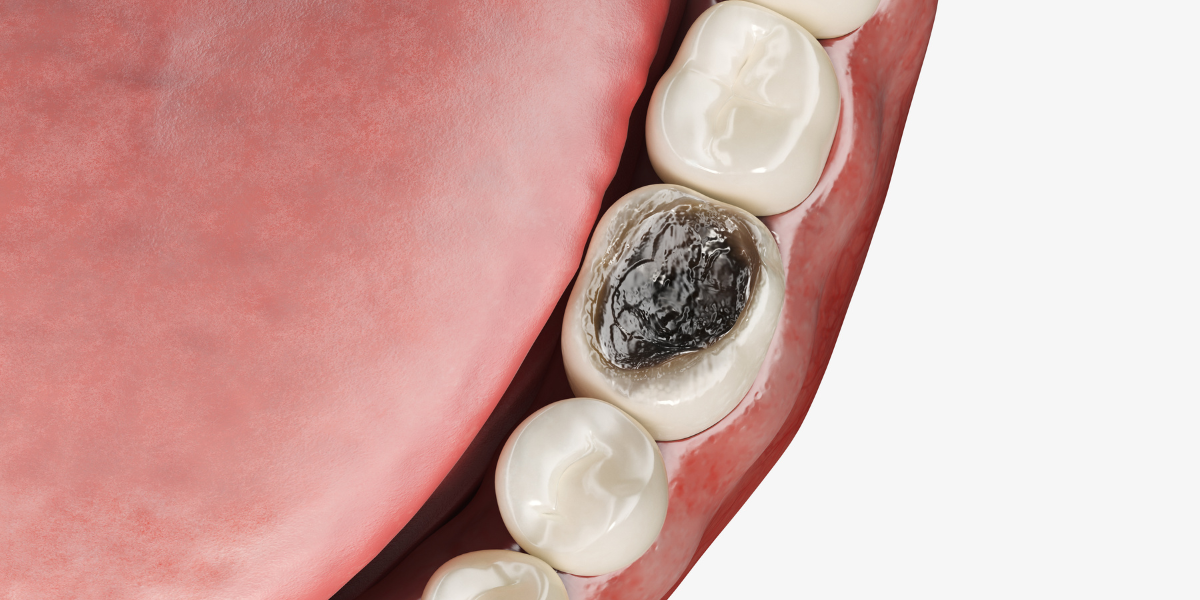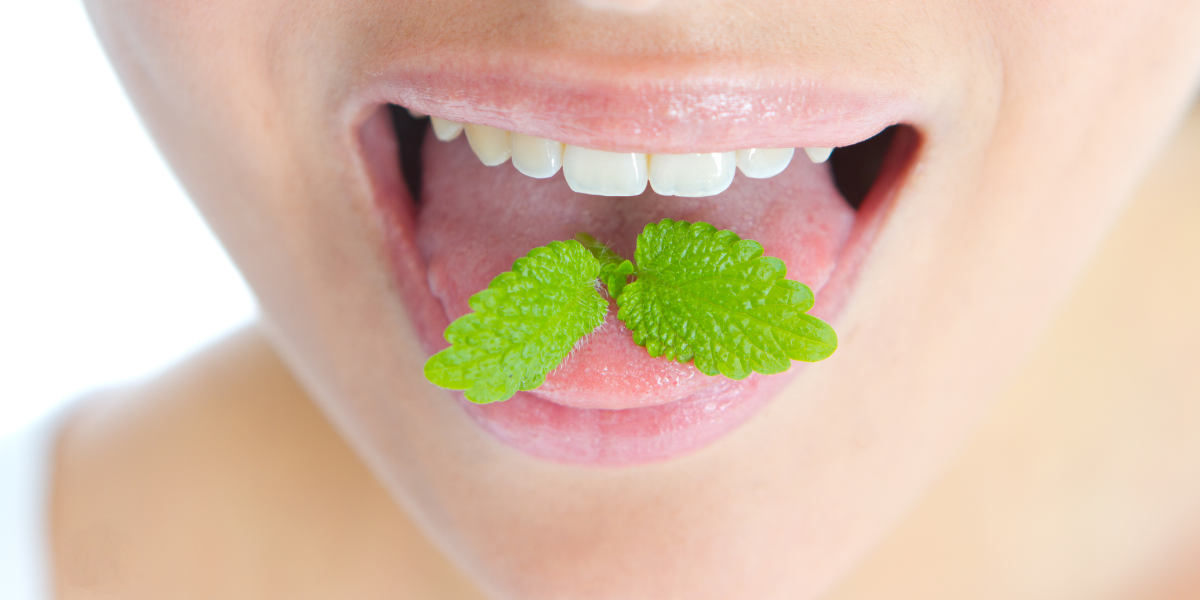
Understanding oral pH and how to correct harmful bacterial proliferation for a healthier mouth.
What is the oral microbiome?
The oral microbiome is the natural community of microbes (germs) that live inside your mouth. This includes bacteria, viruses, and fungi [5]. Generally, this includes good bacteria and bad bacteria, and not everyone’s oral microbiome is the same. In fact, your daily habits have a big impact on it. Do you eat sugary foods often? Do you sip on soda? These habits impact your oral microbiome and your oral (and potentially whole-body) health!
The bacteria in your mouth alter oral pH
The bacteria that cause cavities love acid. They grow more quickly in an acidic environment, and they also produce acid as a by-product of their metabolism of simple carbohydrates [1]. The more bad bacteria present in your mouth, the more acidic your oral environment is likely to be. In addition, the more acidic your oral pH is, the more bad bacteria you will have. This makes for a vicious cycle that can cause a spiraling effect. Acidic pH and the overgrowth of bad bacteria also cause bad breath!
Acidic pH is damaging
Your dentist may have told you that sugar causes cavities, but did you know that it is more complicated than that? Acid in your diet alters the overall pH of your mouth and causes an overgrowth of the bad bacteria that causes dental disease, such as cavities [1] . Teeth are made of minerals, namely calcium and phosphate. Acid is damaging because it leaches minerals out of the teeth. Then, the teeth become weaker, and this allows bad bacteria to invade into the demineralized structures of the teeth, which is how cavities form.
The germs in your mouth can be the difference between health and disease
There are certain types of bacteria known to cause dental disease. However, there are also good bacteria in your oral microbiome. The balance between good bacteria and bad bacteria makes all the difference between a healthy mouth and a state of disease. Furthermore, studies have shown that dental disease is connected to systemic conditions such as heart disease, diabetes, and Alzheimer’s [2,3] ! By protecting your oral health, you are also helping to safeguard your whole body.
The benefits of alkaline or neutral pH
Alkaline pH is beneficial to your oral health! In an alkaline environment, disease-causing bacteria cannot grow and reproduce as aggressively. Therefore, there is a decreased risk of cavities and periodontal disease. An alkaline pH also has systemic benefits, including lower blood pressure and lower diabetes risk [4] .
How you can manage oral pH
Now that you know the importance of your mouth’s pH, here are some steps you can take to improve your oral pH and protect your health. Effective brushing that removes the biofilm (plaque) from your teeth is key, as is cleaning in between the teeth with floss, a water flosser, or interdental brush. Decreasing your intake of acidic and sugary foods is also beneficial. After meals, chewing sugar-free gum helps to stimulate saliva flow and neutralize pH. Choosing a gum that contains xylitol has even greater benefits! Lastly, you may consider an oral probiotic, which helps to rebalance the oral microbiome, neutralize pH, and can even help your body absorb nutrients from your food more effectively [4] !
References
- Kulshrestha, S., Khan, S., Hasan, S., Khan, M. E., Misba, L., & Khan, A. U. (2015). Calcium fluoride nanoparticles induced suppression of Streptococcus mutans biofilm: An in vitro and in vivo approach. Applied Microbiology and Biotechnology, 100(4), 1901–1914. https://doi.org/10.1007/s00253-015-7154-4
- Little, J. W., Miller, C. S., Rhodus, N. L., & Little, J. W. (2018). Little and Falace’s dental management of the medically compromised patient (Ninth edition.). Elsevier.
- Little, J. W., Miller, C. S., Rhodus, N. L., & Little, J. W. (2018). Little and Falace’s dental management of the medically compromised patient (Ninth edition.). Elsevier.
Maurer, K., Rahming, S., & Prvulovic, D. (2018). Dental health in advanced age and Alzheimer’s disease: A possible link with bacterial toxins entering the brain? Psychiatry Research. Neuroimaging, 282, 132–133. https://doi.org/10.1016/j.pscychresns.2018.06.009 - Rosier, B., Moya-Gonzalvez, E. M., Corell-Escuin, P., & Mira, A. (2020). Isolation and characterization of nitrate-reducing bacteria as potential probiotics for oral and systemic health. Frontiers in Microbiology, 11, 555465. https://doi.org/10.3389/fmicb.2020.555465
- Saini, R., Saini, S., & Sharma, S. (2011). Biofilm: A dental microbial infection. Journal of Natural Science, Biology, and Medicine, 2(1), 71–75. https://doi.org/10.4103/0976-9668.82317







